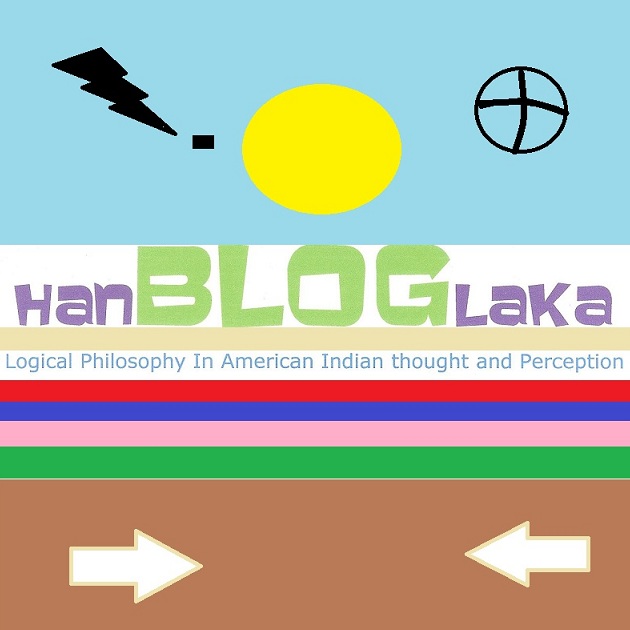 |
Harold R. (Hal)
Foster’s Prince Valiant
© Respective
copyright/trademark holders.
|
CHAPTER II.
THE THEORY OF LOGICAL TYPES
The theory of logical types, to be explained in the
present Chapter, recommended itself to us in the first instance by its ability
to solve certain contradictions, of which the one best known to mathematicians
is Burali-Forti's concerning the greatest ordinal. But the theory in question
is not wholly dependent upon this indirect recommendation: it has also a
certain consonance with common sense which makes it inherently credible. In
what follows, we shall therefore first set forth the theory on its own account,
and then apply it to the solution of the contradictions.
I. The Vicious-Circle Principle.
An analysis of the paradoxes to be avoided shows that
they all result from a certain kind of vicious circle. The vicious circles in
question arise from supposing that a collection of objects may contain members
which can only be defined by means of the collection as a whole. Thus, for
example, the collection of propositions will be supposed to contain a
proposition stating that "all propositions are either true or false."
It would seem, however, that such a statement could not be legitimate unless
"all propositions" referred to some already definite collection,
which it cannot do if new propositions are created by statements about "all
propositions." We shall, therefore, have to say that statements about
"all propositions' are meaningless. More generally, given any set of
objects such that, if we suppose the set to have a total, it will contain
members which presuppose this total, then such a set cannot have a total. By
saying that a set has "no total," we mean, primarily, that no
significant statement can be made about "all its members."
Propositions, as the above illustration shows, must be a set having no total.
The same is true, as we shall shortly see, of propositional functions, even
when these are restricted to such as can significantly have as argument a given
object a. In such cases, it is necessary to break up our set into smaller sets,
each of which is capable of a total. This is what the theory of types aims at
effecting.
The principle which enables us to avoid illegitimate
totalities may be stated as follows: "Whatever involves all of a
collection must not be one of the collection"; or, conversely: "If,
provided a certain collection had a total, it would have members only definable
in terms of that total, then the said collection has no total." We shall
call this the "vicious-circle principle," because it enables us to
avoid the vicious circles involved in the assumption of illegitimate
totalities. Arguments which are condemned by the vicious-circle principle will
be called "vicious-circle fallacies." Such arguments, in certain
circumstances, may lead to contradictions, but it often happens that the
conclusions to which they lead are in fact true, though the arguments are
fallacious. Take, for example, the law of excluded middle, in the form
"all propositions are true or false." If from this law we argue that,
because the law of excluded middle is a proposition, therefore the law of
excluded middle is true or false, we incur a vicious-circle fallacy. "All
propositions" must be in some way limited before it becomes a legitimate
totality, and any limitation which makes it legitimate must make any statement
about the totality fall outside the totality.
Similarly, the imaginary skeptic, who asserts that he knows nothing, and is refuted by being asked if he knows that he knows nothing, has asserted nonsense, and has been fallaciously refuted by an argument which involves a vicious-circle fallacy. In order that the skeptic's assertion may become significant, it is necessary to place some limitation upon the things of which he is asserting his ignorance, because the things of which it is possible to be ignorant form an illegitimate totality. But as soon as a suitable limitation has been placed by him upon the collection of propositions of which he is asserting his ignorance, the proposition that he is ignorant of every member of this collection must not itself be one of the collection. Hence any significant skepticism is not open to the above form of refutation.
Similarly, the imaginary skeptic, who asserts that he knows nothing, and is refuted by being asked if he knows that he knows nothing, has asserted nonsense, and has been fallaciously refuted by an argument which involves a vicious-circle fallacy. In order that the skeptic's assertion may become significant, it is necessary to place some limitation upon the things of which he is asserting his ignorance, because the things of which it is possible to be ignorant form an illegitimate totality. But as soon as a suitable limitation has been placed by him upon the collection of propositions of which he is asserting his ignorance, the proposition that he is ignorant of every member of this collection must not itself be one of the collection. Hence any significant skepticism is not open to the above form of refutation.
The paradoxes of symbolic logic concern various sorts
of objects: propositions, classes, cardinal and ordinal numbers, etc. All these
sorts of objects, as we shall show, represent illegitimate totalities, and are
therefore capable of giving rise to vicious-circle fallacies. But by means of
the theory (to be explained in Chapter III) which reduces statements that are
verbally concerned with classes and relations to statements that are concerned
with propositional functions, the paradoxes are reduced to such as are
concerned with propositions and propositional functions. The paradoxes that
concern propositions are only indirectly relevant to mathematics, while those
that more nearly concern the mathematician are all concerned with propositional
functions. We shall therefore proceed in the next post to the consideration of
propositional functions.
 |
|
Script, Pencils and Inks: Stan Sakai
Usagi Yojimbo © Respective
copyright/trademark holders
|
 |
|
Harold R. (Hal)
Foster’s Prince Valiant
© Respective
copyright/trademark holders.
|



No comments:
Post a Comment